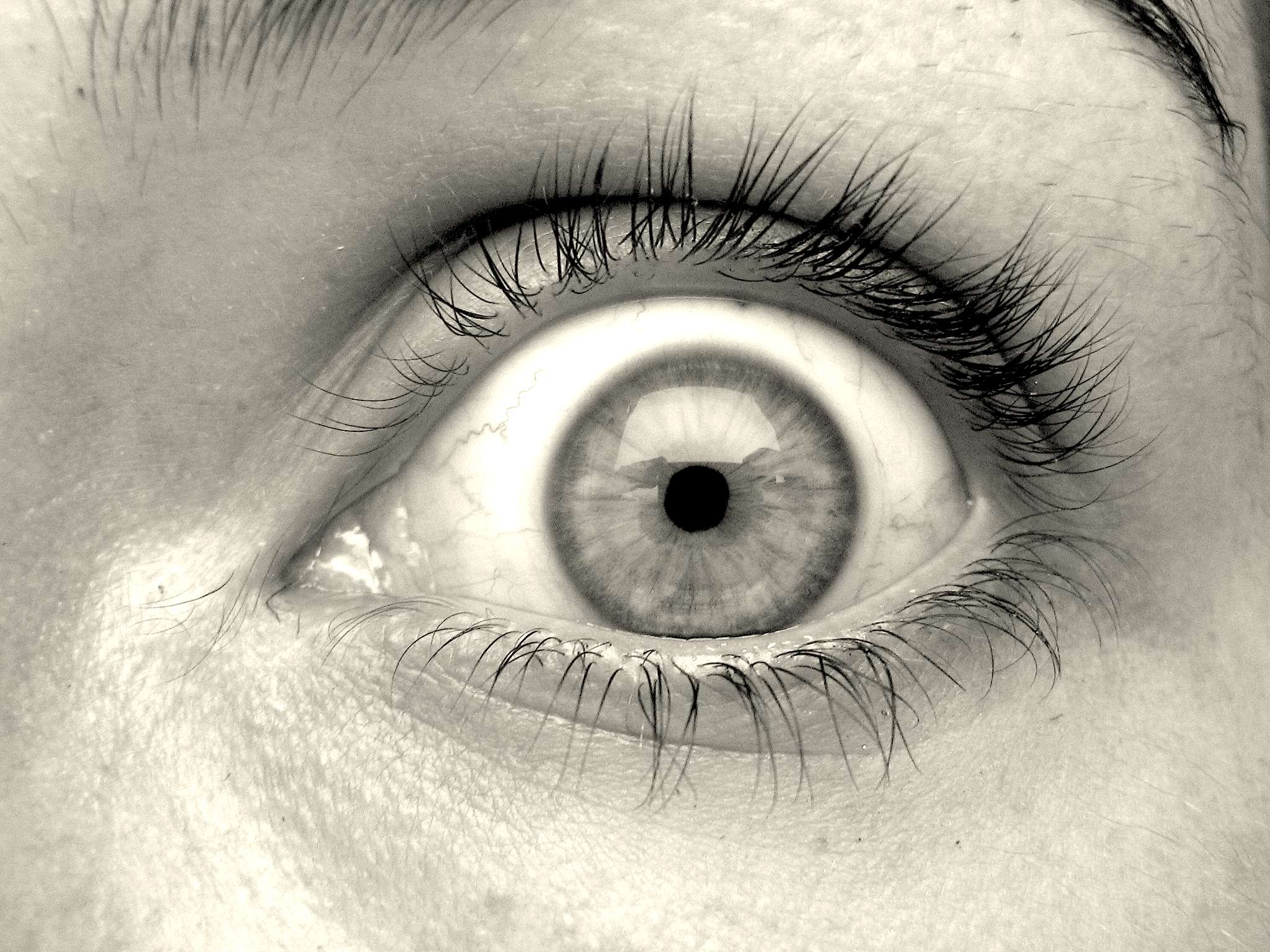Panic attacks
Panic attacks can be extremely scary things, and often, people who have never experienced one, will not fully understand what a sufferer goes through when an attack happens.
 A panic attack is a sudden onset of intense psychological and physiological symptoms triggered by the ‘fight or flight’ response or the ‘stress’ response in the individual. This is the normal response that we would feel if say, a car was speeding towards you and you needed to jump out the way. The body would immediately ready itself for a quick exit by releasing adrenaline. It would be the same response if you were suddenly in a situation were a fight may take place. These would be real life threats.
A panic attack is a sudden onset of intense psychological and physiological symptoms triggered by the ‘fight or flight’ response or the ‘stress’ response in the individual. This is the normal response that we would feel if say, a car was speeding towards you and you needed to jump out the way. The body would immediately ready itself for a quick exit by releasing adrenaline. It would be the same response if you were suddenly in a situation were a fight may take place. These would be real life threats.
However, sometimes the mind creates fear when there is no real danger, this perceived fear can also trigger the fight or flight response.
In a nutshell the process takes a split second and goes something like this:
Thalamus part of the brain receives sensory information and transmits it to the Cerebral cortex, where the processes of thinking and decision-making occurs. This then stimulates the limbic system, which is responsible for our emotions and behaviour. The limbic system then send info back to the thalamus which then arouses the hypothalamus which secretes hormones responsible for the fight or flight response.
An attack can normally last anywhere between 5 minutes and 20 minutes. In some cases it can go on longer, but this is more than likely due to the attack spiking and then falling in a cyclic fashion.
The perception of fear may often be unconsciously driven, by that I mean that the person who is having a panic attack may often not understand why they are having one. The panic may or may not be attached to a particular place or situation, and this can make it even more frustrating.
If for example, the person only has panic attacks in a supermarket, then they would understand that the supermarket is a trigger for the fear. However, if a person has panic attacks in random places then there may be no real understanding of the cause of them.
Panic is driven by fear and often the very fear of having one in a particular situation is enough to evoke an attack. The fear of the symptoms of the attack is very high on the agenda and very often, people who suffer from panic attacks may really fear losing control completely and they worry that if they lost control, how would that look to others (very often people think that a panic attack means a complete loss of control).
People who experience an attack in a car for example, may begin to dread getting into a car again. They fear that if they have another attack in the car they will somehow lose control in the car and crash it, again it is worth pointing out that control is not really lost, it may feel like it and you may think that you can’t function, but that’s not the case.
The fight or flight response is hard wired in all of us and it isn’t there to help us lose control, it is there to help us survive and to evade dangerous situations.
What are the symptoms of panic?
- Adrenaline released by the brain causing:
- Dizziness feeling ‘unreal’
- Heart racing or pounding
- Sweating
- Chest pains
- Tightness in the throat
- Breathing changes, some people may hyperventilate
- Blood diversion from the skin to the organs and muscles
- Shaking
- Pins and needles
Because there is no real danger the panic may take a while to subside, and repeated attacks can lead to:
- Headaches
- Aches and pains
- Lowering of immune system
Because the symptoms are scary and may resemble a heart attack or a stroke, many people call an ambulance and go to hospital. I think this is sensible if you do not know what the symptoms are. It’s always better to get checked out by a doctor.
Treatment for panic attacks
 I use many approaches to helping your with your panic symptoms. Hypnotherapy can help you to slow down the heart and the breathing but it may also be able to pinpoint why the attacks are there. There may have been an event that triggered the panic or we look into the fear and what the fear is trying to tell you. I also use CBT (Cognitive behavioural therapy) to help restructure your thoughts and feelings. For example, having had one panic attack standing in a queue, you may believe that the queue triggered the attack and then feel or think that all queue’s are scary as they may trigger another one. This is generalisation.
I use many approaches to helping your with your panic symptoms. Hypnotherapy can help you to slow down the heart and the breathing but it may also be able to pinpoint why the attacks are there. There may have been an event that triggered the panic or we look into the fear and what the fear is trying to tell you. I also use CBT (Cognitive behavioural therapy) to help restructure your thoughts and feelings. For example, having had one panic attack standing in a queue, you may believe that the queue triggered the attack and then feel or think that all queue’s are scary as they may trigger another one. This is generalisation.
I also use ego state therapy and other interventions to help you better understand what is going on. And once you start to become less afraid of the symptoms, the fear has nothing to play with and so the panic lies dormant.
If you have a problem with panic attacks, don’t avoid them – Learn how to control them, rather than the other way round,
Image courtesy of photostock/freedigitalphotos.net
